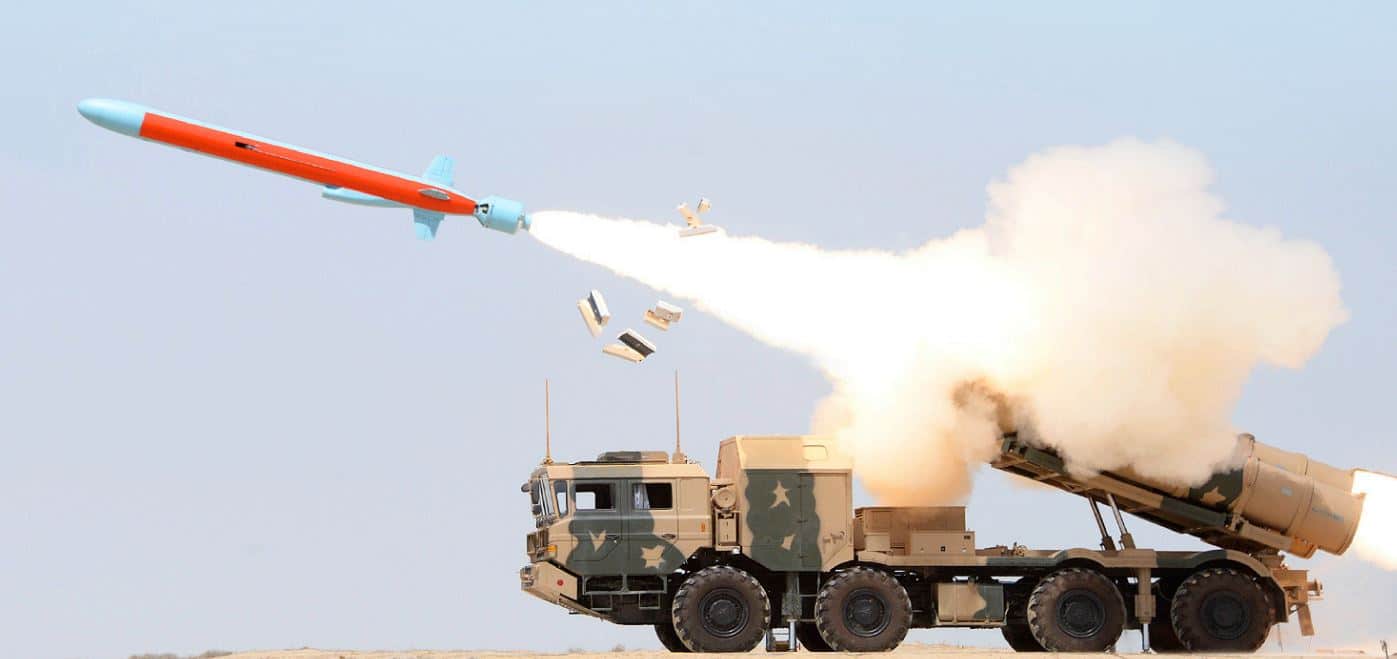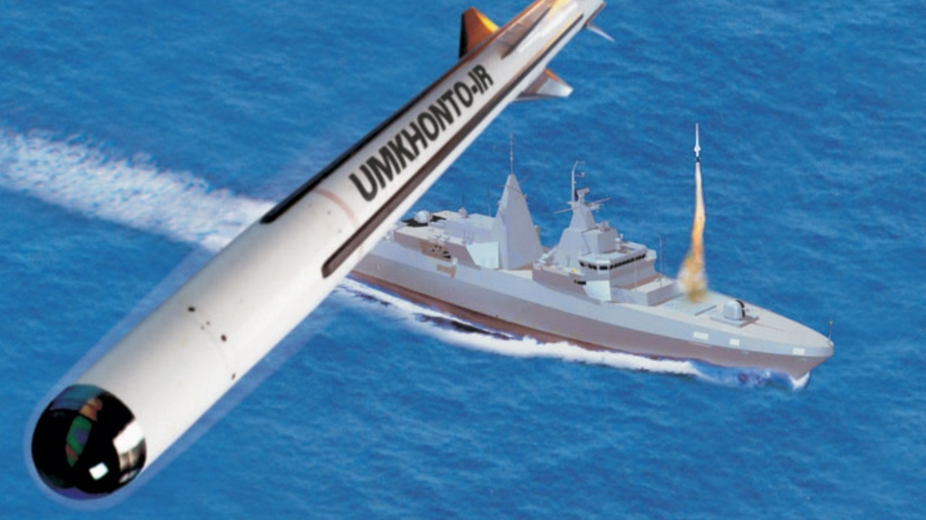2216Views 0Comments

Pakistan Navy Tests Land-Based Anti-Ship Missile (Zarb)
On 05 November 2019, the Pakistan Navy (PN) announced through social media that it test-fired the Zarb anti-ship cruising missile (ASCM) during a training exercise.
According to the PN, the Zarb “successfully followed its preplanned trajectory and accurately engaged the target at sea.” The PN added that the “operationalization of Zarb Weapon System is depictive of Pakistan’s strong resolve and high level of preparedness.”
Notes & Comments:
The PN officially inducted the Zarb ASCM in 2016. However, the PN has yet to disclose the Zarb’s range, warhead payload, or terminal guidance system.
Interestingly, in a photo the PN revealed in April 2018, the Zarb appears to bear a visual resemblance to the Chinese C-602. It is also deployable from a mobile triple-cell ASCM launcher.
However, the extent to which the two ASCMs are similar in other respects is unclear. If identical with the C-602, the Zarb would have a range of up to 300 km and warhead payload of 300 kg.
Pakistan could draw on the technology inputs of the Babur 1B, Babur 3, and Harbah, which would allow it to field an ASCM that crosses the 300 km limitation of the Missile Technology Control Regime (MTCR).
The deployment of the shore-based ASCM could also imply the eventual induction of an over-the-horizon-radar (OTHR) to guide the long-range asset. One option could be to procure the SLR-66 from China, which reportedly offers a passive-tracking range of 500 km, and active-tracking and targeting range of 280 km.
Having acquired long-range subsonic ASCMs, the PN is now moving towards adding a supersonic-cruising ASCM. According to the Pakistan Ministry of Defence Production (MoDP)’s yearbook for 2017-2018, the Directorate General of Munitions Production (DGMP) signed-off on the indigenous development of a new supersonic missile for the PN.


